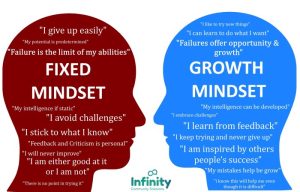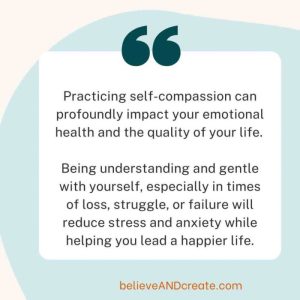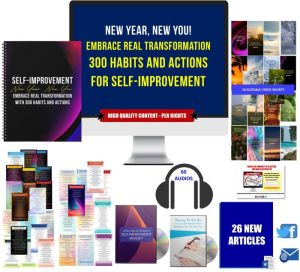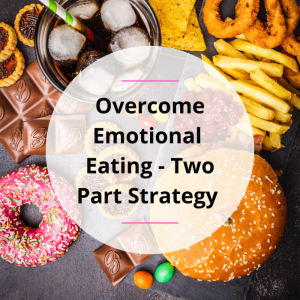Short Mindfulness Exercises Finding Calm in Busy Lives
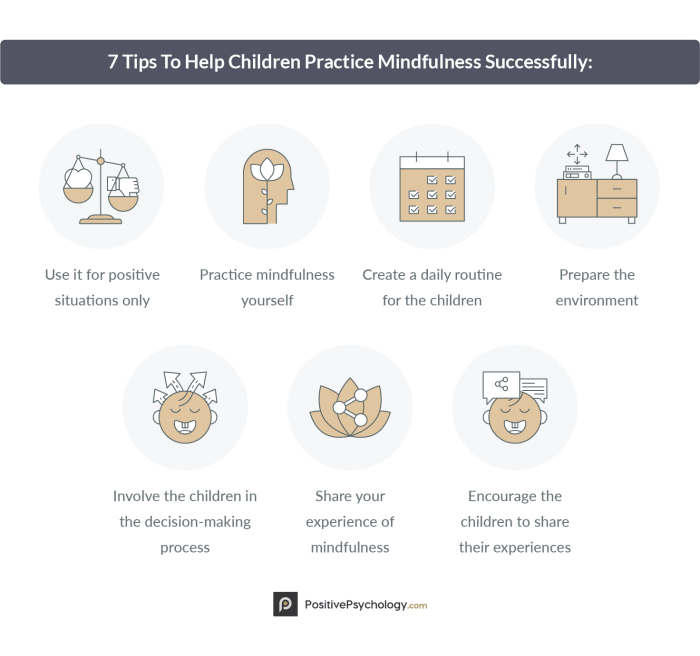
Short mindfulness exercises offer a powerful pathway to cultivate inner peace and resilience amidst the demands of daily life. This exploration delves into the practical application of brief mindfulness techniques, demonstrating how even a few minutes of focused attention can significantly impact stress levels, mental well-being, and overall quality of life. We’ll examine various exercises, from mindful breathing to guided visualizations, and provide actionable steps for integrating these practices into your routine.
From managing workplace stress to improving sleep quality, we’ll uncover the multifaceted benefits of incorporating short mindfulness exercises into your day. The information presented here is designed to empower you to take control of your mental health and cultivate a more balanced, mindful existence.
Mindfulness and Addiction Recovery: Short Mindfulness Exercises
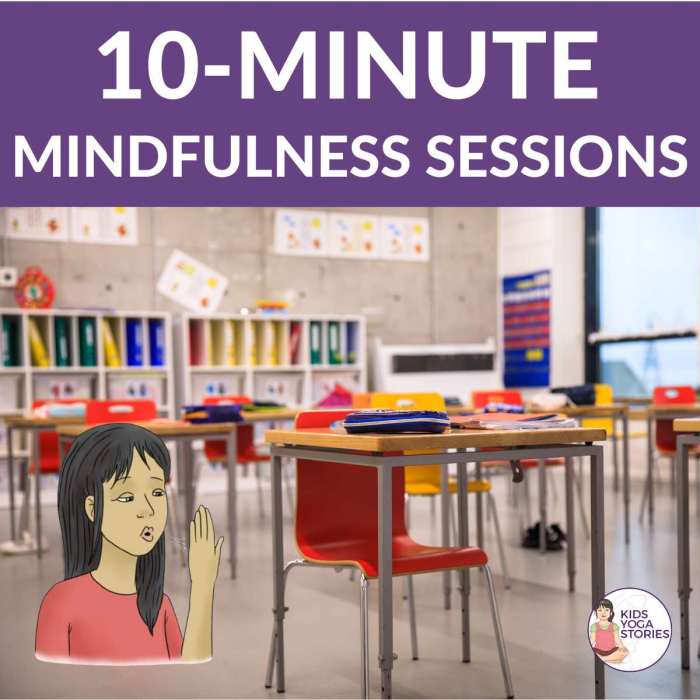
Mindfulness, the practice of paying attention to the present moment without judgment, offers a powerful toolset for individuals seeking recovery from addiction. By cultivating awareness of thoughts, feelings, and bodily sensations, individuals can interrupt the cycle of addictive behaviors and build healthier coping mechanisms. This approach focuses on understanding the underlying mechanisms of addiction and developing strategies to manage cravings and triggers effectively.Mindfulness Techniques for Addiction ManagementMindfulness practices help manage cravings and triggers by shifting focus away from the immediate urge and toward a broader awareness of the present moment.
Instead of reacting impulsively to cravings, individuals learn to observe them as fleeting sensations, reducing their power to dictate behavior. This involves cultivating self-compassion and recognizing that cravings are temporary experiences, not indicators of personal failure. Through regular practice, individuals develop a sense of detachment from their cravings, allowing them to make more conscious choices.
Managing Cravings
Mindfulness-based interventions help individuals to recognize and respond to cravings differently. Instead of suppressing or indulging the craving, mindfulness encourages observation. This involves noticing the physical sensations associated with the craving (e.g., tension in the stomach, restlessness), the thoughts and emotions accompanying it (e.g., anxiety, boredom), and the urge to act on the craving. By observing these elements without judgment, individuals can create a space between the craving and the action, reducing the compulsion to act on the urge.
Techniques like deep breathing, body scans, and mindful movement can be especially helpful in managing intense cravings. For example, a person experiencing a nicotine craving might notice the tension in their jaw, the racing of their heart, and the thought “I need a cigarette.” Through mindful observation, they can acknowledge these sensations without judgment and allow them to pass.
Managing Triggers
Mindfulness helps individuals identify and manage environmental and emotional triggers that can lead to relapse. By cultivating awareness of their surroundings and internal states, individuals can anticipate and prepare for potentially challenging situations. This involves identifying specific triggers (e.g., certain people, places, or emotions) that are associated with cravings or addictive behaviors. Once identified, individuals can develop coping strategies, such as practicing mindfulness techniques (e.g., deep breathing, meditation) or engaging in alternative activities (e.g., exercise, spending time in nature) when exposed to these triggers.
For instance, an individual struggling with alcohol addiction might identify a specific bar as a trigger. Using mindfulness, they can prepare for encounters near that location by practicing relaxation techniques beforehand, thereby reducing the likelihood of relapse.
Resources and Support Networks
Access to support is crucial for successful addiction recovery. A multi-faceted approach combining therapy, support groups, and mindfulness practices often yields the best results.
- Substance Abuse and Mental Health Services Administration (SAMHSA): SAMHSA’s National Helpline provides confidential treatment referral and information services, in English and Spanish. They offer resources for individuals, families, and professionals.
- National Institute on Drug Abuse (NIDA): NIDA offers comprehensive information on drug abuse and addiction, including research findings, prevention strategies, and treatment options.
- Alcoholics Anonymous (AA) and Narcotics Anonymous (NA): These twelve-step programs provide peer support and guidance for individuals recovering from alcohol and drug addiction, respectively.
- SMART Recovery: SMART Recovery offers a science-based self-management and recovery support program that uses cognitive behavioral therapy (CBT) techniques.
- Mindfulness-Based Relapse Prevention (MBRP): This evidence-based program combines mindfulness practices with relapse prevention strategies to help individuals maintain long-term recovery.
Mindfulness for Personal Growth and Self-Care
Mindfulness, the practice of paying attention to the present moment without judgment, offers a powerful pathway to personal growth and enhanced self-care. By cultivating awareness of our thoughts, feelings, and bodily sensations, we gain valuable insights into our inner world, fostering self-understanding and facilitating positive change. This increased self-awareness empowers us to make conscious choices that align with our values and support our well-being.Mindfulness practices contribute significantly to personal growth by strengthening our capacity for self-regulation and emotional intelligence.
Through consistent practice, we learn to observe our emotions without getting swept away by them, fostering a sense of detachment that allows for more balanced responses to challenging situations. This increased emotional regulation reduces reactivity and enhances our ability to navigate life’s complexities with greater resilience and composure.
Mindfulness and Enhanced Self-Awareness
Mindfulness meditation, for example, involves focusing on a specific object, such as the breath, body sensations, or sounds. By gently redirecting our attention back to the chosen object whenever our minds wander, we develop a heightened awareness of our thoughts and feelings as they arise. This process helps us identify patterns of thinking and emotional responses that may be contributing to stress, anxiety, or other negative experiences.
This increased self-awareness is the foundation for making positive changes in our lives. For instance, someone might discover through mindful observation that they tend to overreact to criticism, prompting them to develop strategies for managing their response in the future.
Mindfulness and Improved Self-Compassion
Cultivating self-compassion involves treating oneself with the same kindness, understanding, and acceptance that one would offer a close friend facing similar challenges. Mindfulness plays a crucial role in fostering self-compassion by helping us recognize and acknowledge our suffering without judgment. When we approach our negative experiences with mindful awareness, we are less likely to engage in self-criticism or harsh self-judgment.
Instead, we can offer ourselves the same support and encouragement we would offer someone we care about. This shift in perspective can significantly reduce self-criticism and increase our overall sense of self-worth. Imagine someone experiencing a setback at work. A mindful approach would involve acknowledging the disappointment without self-blame, recognizing that everyone faces setbacks, and offering oneself words of encouragement and support.
Incorporating Mindfulness into a Self-Care Routine
A comprehensive self-care routine incorporating mindfulness can significantly improve overall well-being. This plan should be tailored to individual needs and preferences, but generally involves consistent practice and integration into daily life.A practical plan might include:
Firstly, begin with short, guided mindfulness meditations (5-10 minutes) daily. Numerous apps and online resources offer such guided sessions. Secondly, incorporate mindful moments throughout the day, such as paying close attention to the sensations of eating a meal or the feeling of walking. Thirdly, practice mindful breathing exercises whenever stress arises. Finally, engage in activities that bring you joy and relaxation, such as spending time in nature, listening to music, or engaging in hobbies, while maintaining a mindful awareness of the present moment.
Regular journaling can also help in processing emotions and tracking progress.
Regular, consistent practice is key to experiencing the benefits of mindfulness. Even short, daily sessions can make a significant difference.
Illustrative Examples of Short Mindfulness Exercises

Mindfulness exercises can be easily incorporated into daily life to cultivate a sense of calm and improve self-awareness. These exercises offer accessible methods for managing stress and enhancing overall well-being. The following examples provide detailed guidance for practicing these techniques.
Guided Visualization Exercise for Calm and Peace, Short mindfulness exercises
This exercise guides you to a tranquil, imaginary space, promoting relaxation and reducing stress. Find a comfortable position, either sitting or lying down, and close your eyes. Begin by focusing on your breath, noticing the sensation of the air entering and leaving your body. Now, imagine yourself in a peaceful place. Perhaps it’s a sun-drenched beach, the gentle waves lapping at the shore, the warm sand between your toes.
Feel the sun’s warmth on your skin, a light breeze caressing your face. Hear the rhythmic sound of the waves, the cries of seagulls in the distance. Inhale the fresh, salty air, tasting its subtle tang. Notice the vibrant colours around you – the azure of the sky, the golden hue of the sand. Spend several minutes fully immersing yourself in this scene, allowing the feelings of peace and tranquility to wash over you.
Gradually bring your awareness back to your breath and your surroundings, gently opening your eyes when you’re ready.
Progressive Muscle Relaxation Exercise
Progressive muscle relaxation involves systematically tensing and releasing different muscle groups in the body to reduce physical tension and promote relaxation. Begin by finding a comfortable position. Close your eyes and focus on your breath. Start with your right hand, making a tight fist, noticing the tension building in your hand and forearm. Hold this tension for a few seconds, then slowly release it, paying attention to the sensation of the muscles relaxing.
Notice the contrast between tension and release. Repeat this process with your left hand, then your right arm, left arm, shoulders, neck, face, and so on, moving progressively down your body. With each muscle group, focus on the sensation of the tension and the subsequent relief as you release it. Feel the weight of your body sinking into the surface beneath you.
As you progress, you might notice a pleasant warmth spreading through your body, a sense of heaviness and calm. Continue until you have tensed and released all major muscle groups.
Mindful Walking Exercise
Mindful walking is a simple yet powerful practice that connects you to the present moment through your physical sensations and surroundings. Find a quiet space for a short walk, preferably outdoors. Begin by standing still and taking a few deep breaths, focusing on your breath and the feeling of your feet on the ground. Start walking slowly, paying close attention to the sensation of your feet making contact with the ground with each step.
Notice the rhythm of your walking, the movement of your legs and arms. Feel the ground beneath your feet, the texture of the pavement or grass. Become aware of your body’s movement – the subtle sway of your hips, the gentle rise and fall of your chest. Observe your surroundings – the sights, sounds, and smells around you.
Notice the colours of the leaves, the shape of the clouds, the sounds of birds chirping or wind rustling through the trees. Inhale the fresh air, noticing its scent and temperature. Continue walking slowly and mindfully, fully present in each moment, for several minutes.
By incorporating even short bursts of mindfulness into your daily routine, you unlock a powerful tool for managing stress, enhancing mental clarity, and fostering a greater sense of well-being. The techniques explored here are designed to be accessible and adaptable to various lifestyles, making mindfulness a practical and achievable practice for everyone. Remember, the journey to inner peace begins with a single mindful breath.
Top FAQs
How long does it take to see results from short mindfulness exercises?
The timeframe varies individually. Some experience immediate benefits like reduced anxiety, while others may notice more significant changes over time with consistent practice. Regularity is key.
Are short mindfulness exercises suitable for beginners?
Absolutely! Many short exercises are designed for beginners, requiring no prior experience. Start with shorter durations and gradually increase the time as you feel comfortable.
What if I find it difficult to focus during the exercises?
It’s normal to experience wandering thoughts. Gently redirect your attention back to your chosen focus (breath, body sensations, etc.) without judgment. Kindness to yourself is crucial.
Can short mindfulness exercises replace therapy or medication?
No, short mindfulness exercises are a complementary tool, not a replacement for professional help. If you are struggling with significant mental health challenges, seek guidance from a qualified healthcare professional.

